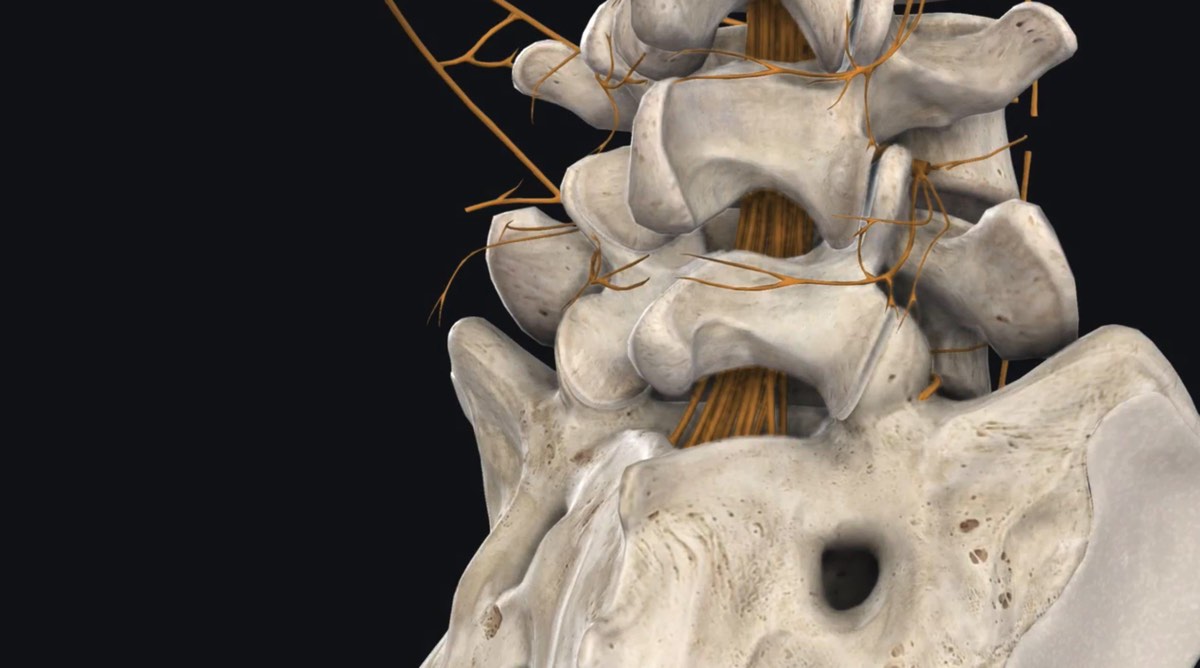NEW YORK (Reuters Health) – In the initial evaluation of elevated blood pressure in children, ambulatory blood pressure monitoring (ABPM) is a highly cost-effective means of differentiating stage 1 hypertension from white coat hypertension, investigators in Texas report in the December issue of Pediatrics.
Recommended workup for children meeting criteria for stage 1 hypertension include detailed laboratory testing, as well as renal and cardiac ultrasonography. However, up to half of children with elevated BP during screening have white coat hypertension, explain Dr. Daniel I. Feig and colleagues at Baylor College of Medicine in Houston.
Although ABPM is recommended to differentiate the two conditions, many insurance companies do not reimburse for its use in children, which can lead to excessive testing and unnecessary treatment.
The researchers compared costs for 267 children referred in 2005 and 2006 for the initial evaluation of elevated BP, of whom 128 underwent 24-hour ABPM and 139 did not. “The main comparison was the additional expense of performing ambulatory monitoring for all patients versus the cost savings of not performing renal ultrasonography and echocardiography for patients with isolated white coat hypertension.”
The sum of charges per child was $1265 in the ABPM group, versus $3420 for the full hypertension work-up.
Based on the observed 46% prevalence of white coat hypertension in their patient cohort, the team estimates that initial ABPM use “yielded net savings after evaluation of 3 patients, with projected savings of $2.4 million per 1000 patients.”
Nationally, “cost savings could be enormous,” they add.
“It is hoped that improved third-party awareness of the use of ABPM in the pediatric population and the predicated cost savings improve access for indicated diagnostic evaluations,” Dr. Feig and colleagues comment.
Reference:
Pediatrics 2008;122:1177-1181.









